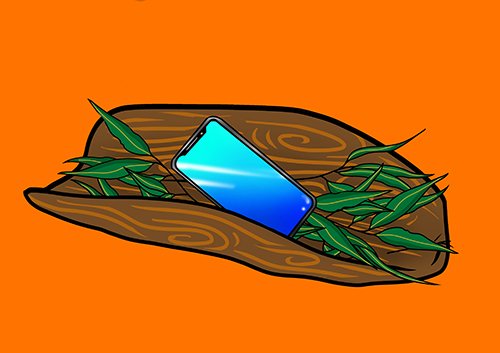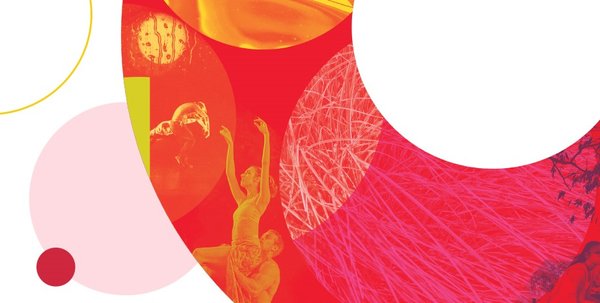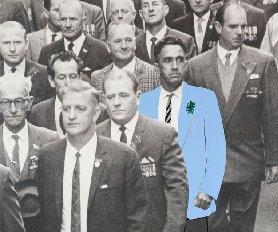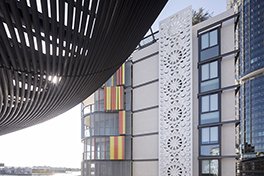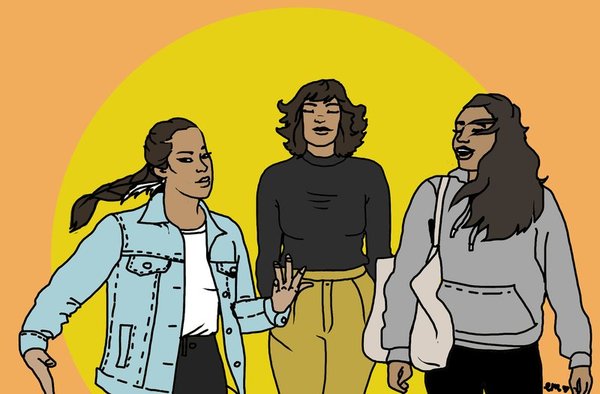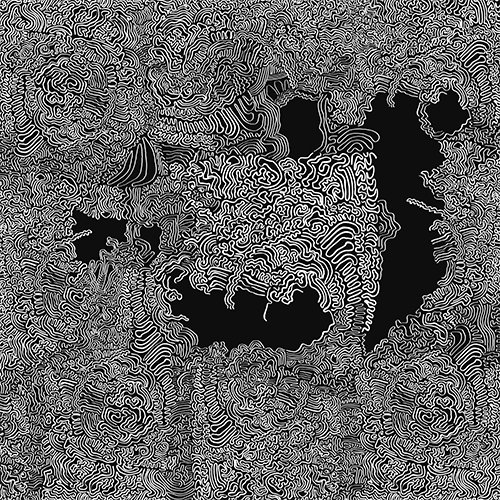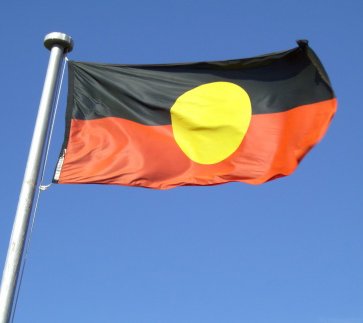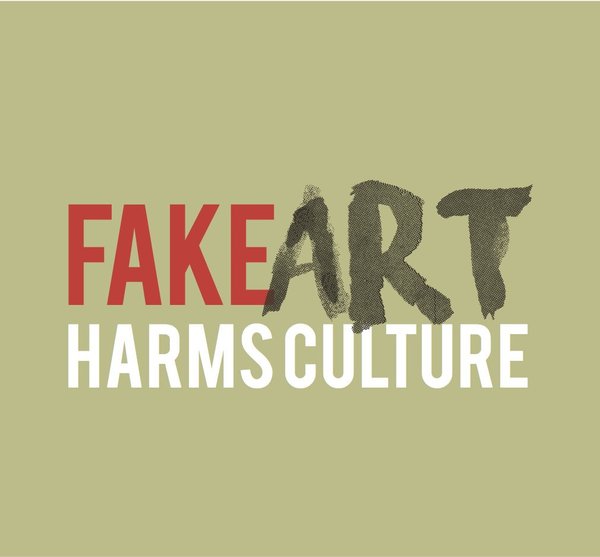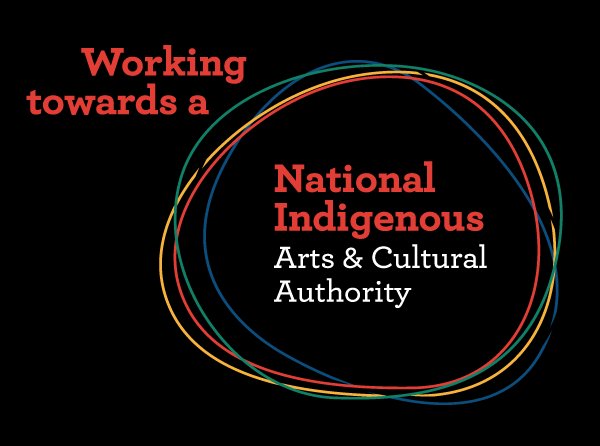First Nations Voice
NAVA recognises that the development of First Nations arts and culture must be autonomous and self-determining.
One of NAVA’s policy priorities as set out by its previous Strategic Plan 2018-20 was a commitment to self-determined approaches to First Nations best practice in contemporary arts, and joining with other initiatives to support formation of a national First Nations arts body.
